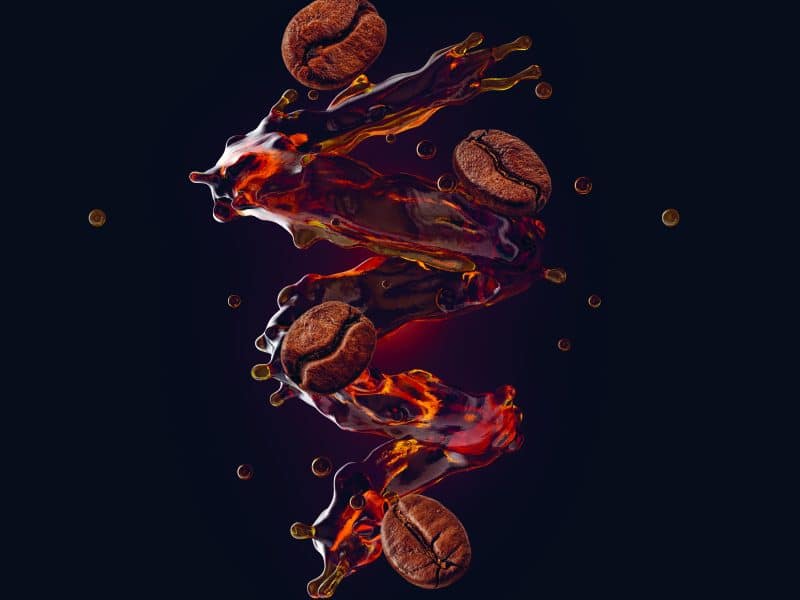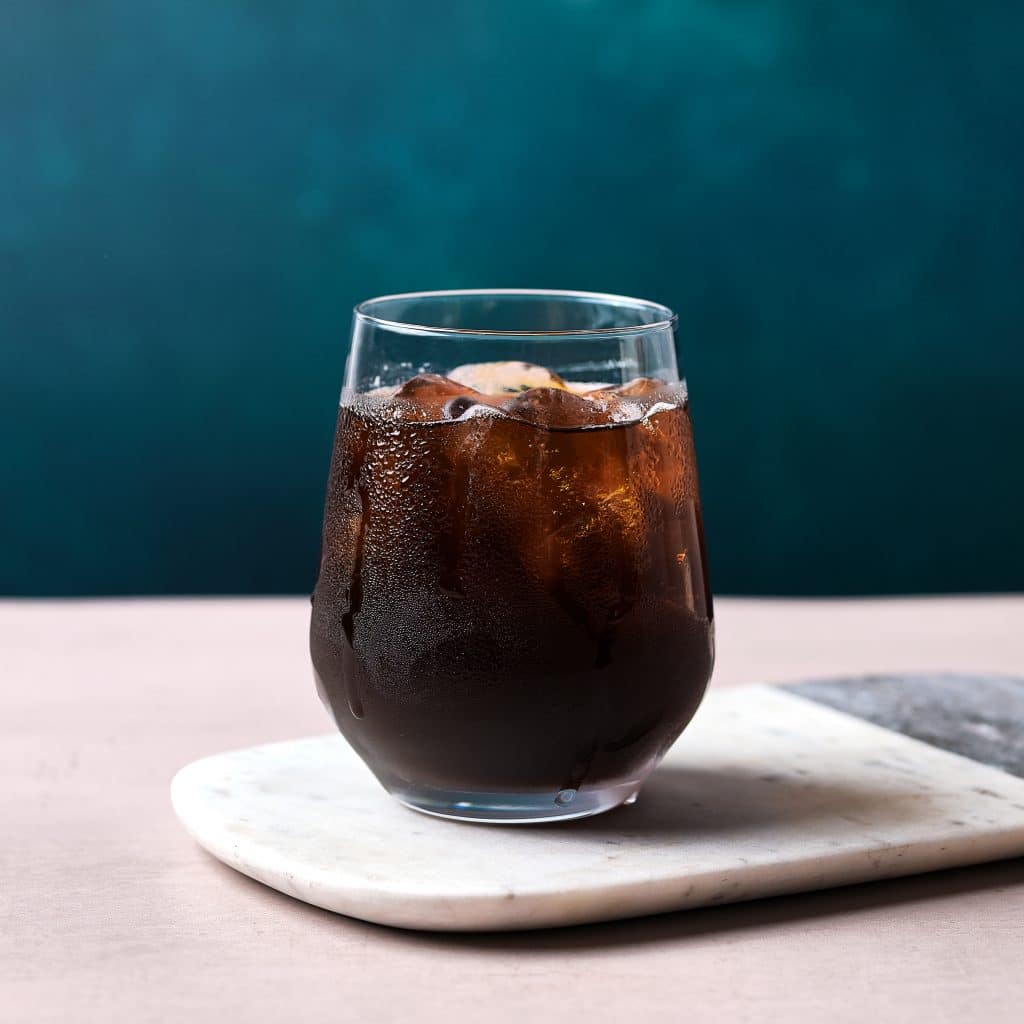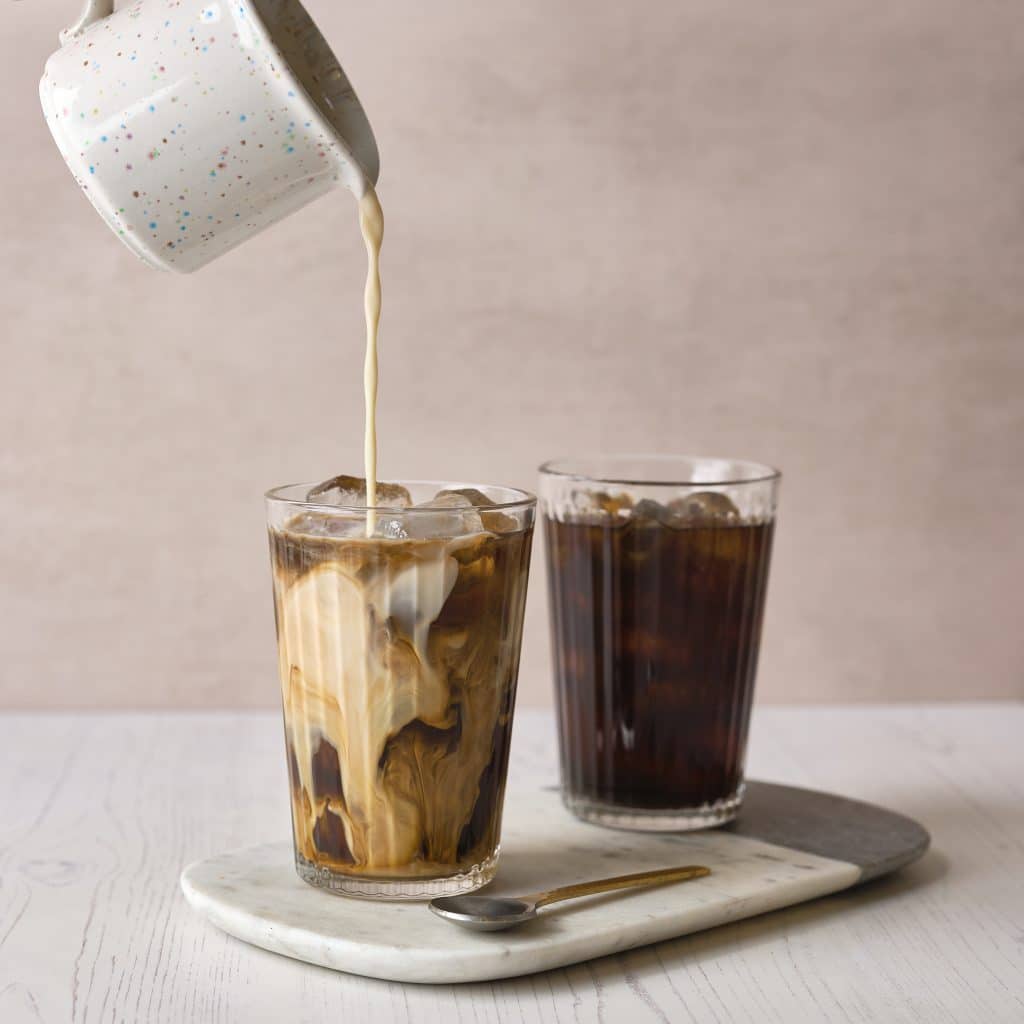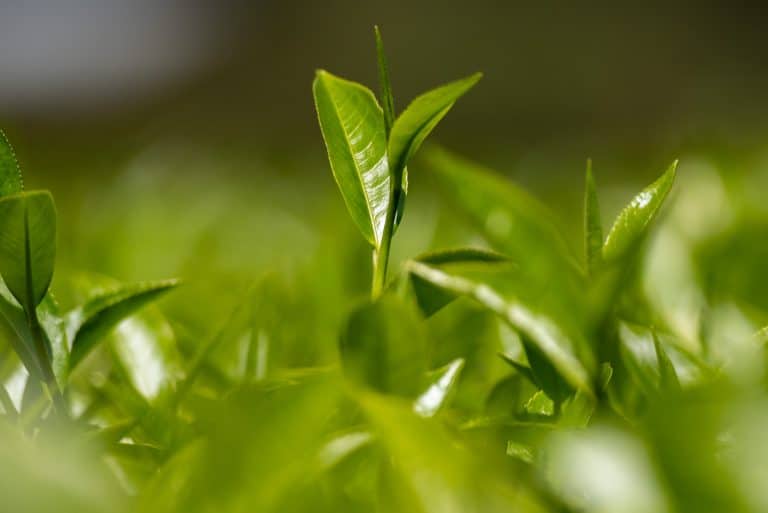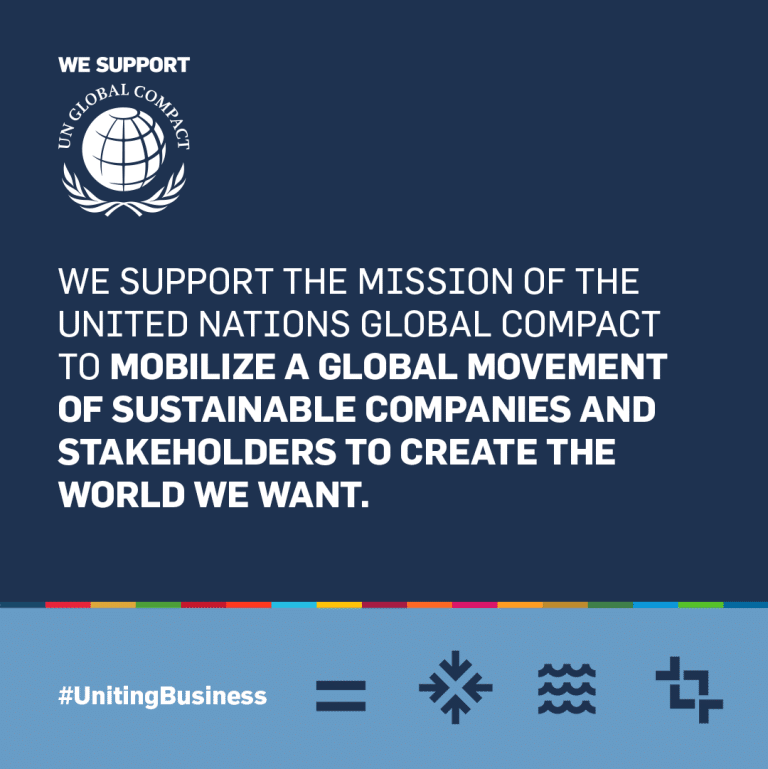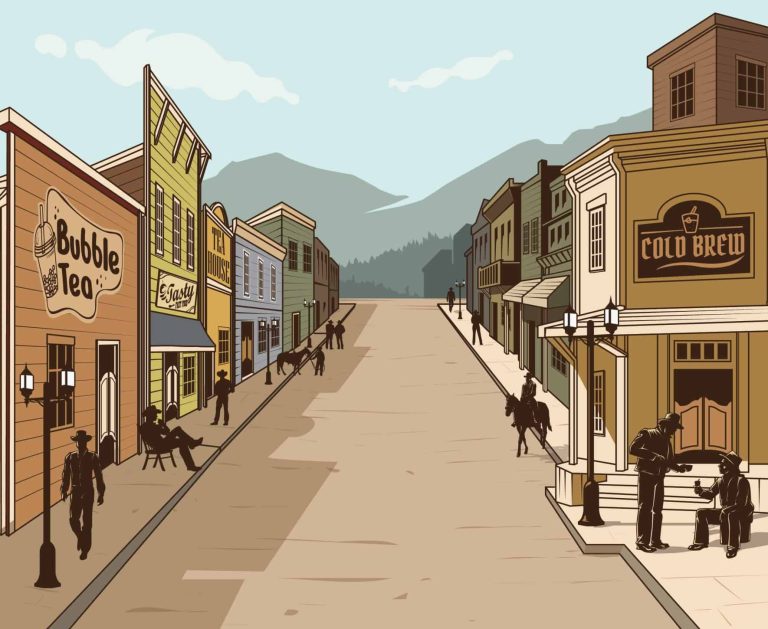Cold brew coffee in Europe is about to boom, but which brew is right for you, asks Bethany Ruane?
Cold brew coffee is leading the next global wave of coffee culture. In Europe, consumption of cold brew has increased by 40% over the last five years*, and is the fastest growing segment in RTD/Iced Coffee**. But as brands race to capitalise on this opportunity, there’s an important question to answer: what is the right type of cold brew for you?
Cold Brew 101
For the uninitiated, cold brew coffee is extracted slowly and gently using ambient or cool water, instead of rapidly in hot water. This helps to extract the finest flavours from the bean, resulting in less acidity, a rich flavour, natural sweetness and the smooth taste that epitomises its premium appeal. This premium, sensorial experience is at the heart of cold brew’s appeal to European consumers and the key selling point versus existing iced coffee products.
When is cold brew not cold brew?
As consumer demand for cold brew heats up in Europe, we’re seeing cold brew products of differing quality and provenance enter the market. Smoothness, natural sweetness and lower acidity are key attributes synonymous with cold brew. However, not all cold brew products seen on the market today benefit from these critical attributes. That’s because, like any craft, the magic is in the process.
When it comes to cold brew, keeping temperatures cool or ambient during the extraction and concentration processes is critical to quality. During the concentration step, many producers remove excess water by boiling the liquid and while this is an easy process to operate, it also results in less smoothness and increased acidity in the final coffee extract.
Keeping temperatures cool or ambient during the extraction and concentration processes is critical to quality
This deprives it of its core appeal to consumers, leading to a product that over-promises and under-delivers. That’s why at Finlays’ UK production facility, we have installed a non-thermal concentration process that works at ambient temperatures to deliver a distinctly smooth, deliciously rich, pure cold brew concentrate.
Types of cold brew
Within cold brew, there are two main varieties of product available. At Finlays, we refer to those types as ‘pure cold brew’ and ‘made with cold brew’. And which one of these is right for each brand owner will depend on the application in question. Finlays defines “pure cold brew” as being cold brew with nothing else added to it. It is smooth, less acidic and delivers a roasted coffee flavour that is ideal for premium beverage applications.
Finlays defines “pure cold brew” as being cold brew with nothing else added to it. It is smooth, less acidic and delivers a roasted coffee flavour that is ideal for premium beverage applications.
Its complex flavour profile and natural sweetness also means it offers a rich sensory experience without the need for additional ingredients. And if ingredients like milk, sugar or flavours are added, a little goes a long way without deterring ‘clean’ label claims.
“Made with cold brew”, on the other hand, does include cold brew as an ingredient, but also includes added soluble coffee or bulking agents. This technique makes it easier to achieve higher concentration levels and can be cost-effective. The method can also be beneficial in heavy dairy applications, such as ice cream, to ensure the coffee flavour cuts through.
Why the right type of cold brew matters
Europe is now at the start of its cold brew journey, and the road ahead is very exciting indeed. But at this early stage, it’s critical for brand owners to understand cold brew as a product, and what makes it such an exciting, long-term proposition. Choosing the right cold brew is therefore critical.
The proof will be in the pudding. Consumers don’t just want cold brew because it’s the next big thing. They want it because it offers a premium, sensorial experience unlike other products on the market.
Bethany Ruane is Marketing Manager at Finlays Europe
QUESTIONS TO ASK WHEN TAPPING INTO COLD BREW IN EUROPE
Q1. Is it true cold brew?
Q2. Is it ‘PURE’ cold brew or ‘made with’ cold brew?
Q3. Is it traceable and sustainably sourced?
*Re:co Symposium 2016
**Total RTD/Iced Coffee Market, Global Beverages Databook 2021

